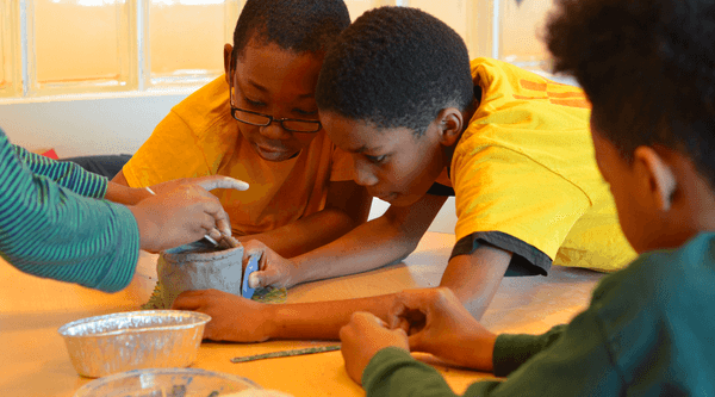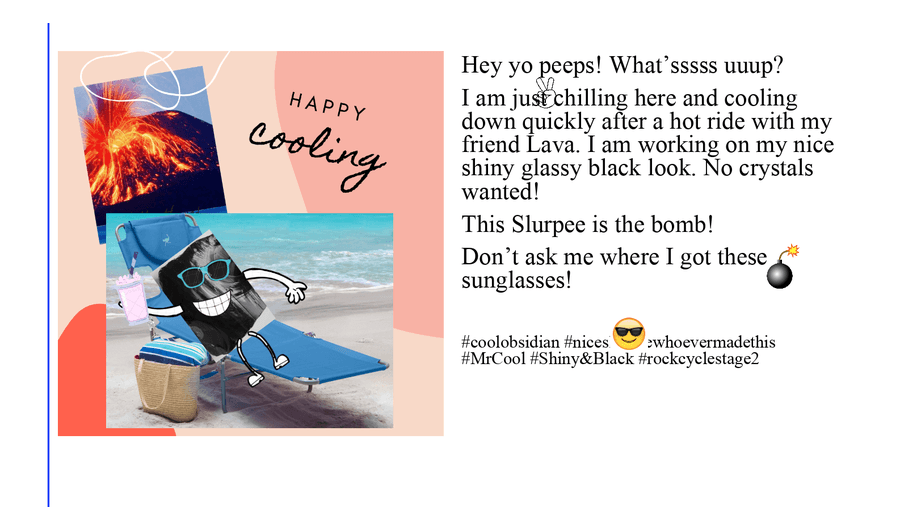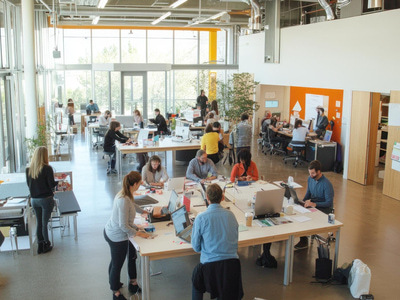New Designs for School
The Power of Student Choice in Remote Learning
Topics

We’ve all had the experience of truly purposeful, authentic learning and know how valuable it is. Educators are taking the best of what we know about learning, student support, effective instruction, and interpersonal skill-building to completely reimagine schools so that students experience that kind of purposeful learning all day, every day.
The pandemic stripped students and teachers of a sense of control. Schools can give power and control back to students through meaningful choice.
As the nation embarked on the mass experiment in remote learning back in March, the amazing teachers at my school network, Two Rivers in Washington, D.C., embraced the opportunities to reimagine how we provide engaging lessons to our students. They came into this new paradigm for engagement in school with a deep commitment to deeper learning for all students, and they searched for ways to reimagine how to raise achievement in more equitable ways. While we didn’t always succeed, some core tenets emerged. As I’ve written before, we were committed to three values: connection, core content, and creativity. What I have come to realize since writing that piece is that a fourth value undergirds these three: choice.
Student agency has been an important part of our school for years, and we have continued to deepen the opportunities for students to become leaders of their own learning through practices like our learning expeditions, student-led conferences, and student-led IEPs. While we did not have a choice in moving our learning online, we made the choice to give students more agency over their learning. During a time when our necessary national and local response to the pandemic stripped students and teachers of a sense of control, we realized the importance of giving power and control back to our students. Specifically, we saw the power of choice as an essential ingredient to realizing our values of connection, core content, and creativity in these unprecedented times.
The work of our third graders exemplified the power that choice provides. Every year they participate in an expedition, a 10 to 12 week project, on geology. In years past, they visited sites in and around Washington, D.C., to tell the geological story of our community. As examples of products students created, they worked together on geology field guides to Great Falls Park or the National Zoo. However, this past spring we realized quickly that we weren’t going to be doing any fieldwork to see the geology around us. We also realized it would be challenging for students to collaborate on creating the geology games that teachers had originally planned. To provide an alternate learning experience through remote learning that could lead to the same learning outcomes, the teachers embraced the opportunity for student choice. Instead of everyone creating the same predetermined product of a geology game, we gave students the agency to explore their own avenues for communicating what they had learned. Students surpassed our wildest expectations and produced powerful individual work that demonstrated deep personal knowledge.
Starting from the base expectation that students needed to synthesize their learning about geology in some way and create a product that shared that knowledge, teachers guided our third graders through a process that led to very different but rigorous pieces of work. Our teachers were committed to making sure we didn't compromise on rigor and stayed grounded in the excellence that all students could achieve with the right resources. All students had the opportunity to learn how the rock cycle tells the Earth's story, and all students had the opportunity to choose the way they wanted to share their understanding and brilliance. For example, one student created an interview with obsidian, another created fictional Instagram posts from rocks in the rock cycle, and a third created a rap about granite with a lyric sheet.

Because the teachers provided choice for students, each student was able to exceed our expectations. The student that created the interview with obsidian, for example, had struggled at school both academically and socially. He was resistant to writing because of a fear of failure. However, once given the opportunity to choose the way that he shared his knowledge, he found his voice and confidence.
The learning process supported creating connection, developing core content, and of course, encouraging creativity. Teachers were connected with individual students around their particular interests and passions. They were able to tap into forms of producing products that were most motivational to individual students. Building off of that motivation, students dove deep into the core content that they needed to learn about geology. Then when faced with creating products, students were able to unleash their creativity in developing ways to communicate about geology.
While these examples from a third grade expedition may seem fairly simple, it is illustrative of what might be possible if we unleash the power of student choice. By providing students with the opportunity to choose the ways that they engage and share their learning, we deepen their experience and thus the opportunities for connection, core content, and creativity. As we grapple with the implications of this pandemic and the continuing challenges of inequity in our education system and society at large, we must empower our students with meaningful choices and thus more deeply engage them in their learning.
Photo at top courtesy of Two Rivers Public Charter School.




